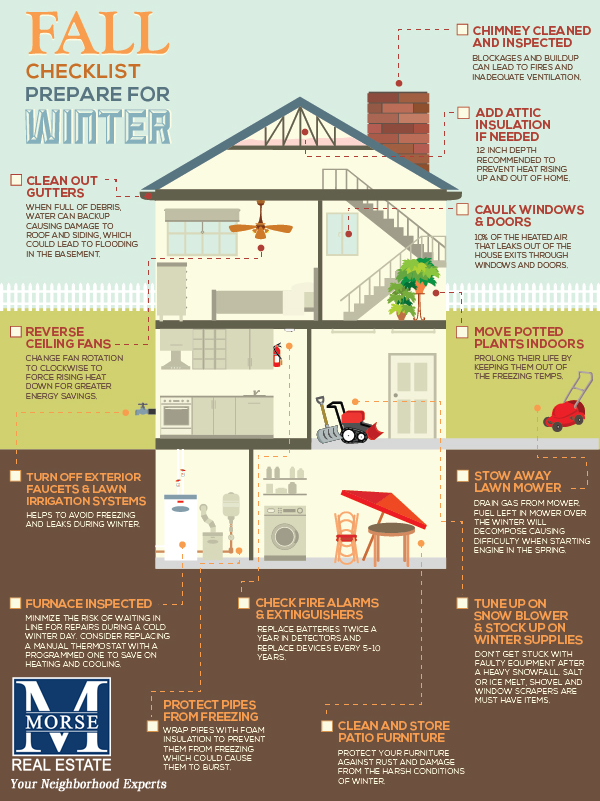7 Tips for Getting Your Home Sold Quickly

In this economy, houses aren't selling like they used to. If you have a house on the market, or are considering selling yours, there are some ways to improve your chances. Here are seven tips that will make it easier to sell your house and make a smooth transition from one owner to the next.
1. Maintain neutrality
Customizing your home is great if you plan to stay there, but extreme colors and themed rooms can scare off potential homebuyers. If you have customized every room with extremely bright or dark colored paint, wallpaper or wall fixtures, you may want to consider toning it down a bit. Using neutral colors on the walls can help prospective buyers create their own vision for the house, and will also leave them with less work to undo if they buy the house.
2. Less is more
Even though you have not moved out yet, removing some of your furniture can help the house move off the market. If you take pictures for your listing, having less furniture can help the home appear more spacious. When potential homebuyers arrive, having less furniture can also provide clear walkways.
3. That new house smell
Honestly, the new house smell isn't always the most pleasant, but at least it is new. In preparing to show your home, you should avoid strong smells. To avoid odors, make sure to take out the trash and clean the refrigerator regularly. It’s also good to be mindful of what you cook in the days leading up to a showing; certain foods have strong scents. If you have pets, keep an eye on the litter box. Any smell that is too strong could send potential homebuyers running out the door.
4. Pay attention to the details
It’s not a good idea to make major renovations when you are ready to sell your home; you may not recoup your investment. If you never got around to starting or completing that total kitchen or bathroom makeover, then you can make some small, inexpensive changes to spruce things up. Replacing the hardware on cabinets is a quick way to improve the appearance of older looking fixtures. Upgrading small items such as light switch and outlet covers can add a nice touch.
5. Maximize your "curb appeal"
The front of your home is the first thing prospective homebuyers will see, so keeping it presentable is a must. If there is a yard, keep the grass to a reasonable height and, if there are trees, be sure to keep the branches under control. The path to your front door should be a clear and welcoming one, not an obstacle course.
6. Don't get too personal
Upon entering your house, everyone will know it is lived in, but they do not need to see all the evidence. Get rid of excess clutter such as newspapers, magazines and mail. Be sure to put away your laundry and shoes. It may also be a good idea to put away some other personal belongings, like pictures on the refrigerator or mantle. For you, the pictures may make a house a home or display your personal touch. For the new homeowner, it may appear too personal.
7. Take care of repairs
Waiting to make repairs until after you find a buyer can be tricky. Depending on the nature of the repairs, you may not be able to find a buyer. Depending on how fast the buyer wants to close on the house, you may not have enough time to make the repairs. Save yourself some time and potential trouble by making repairs before you list your home. The repairs will have to be made anyway, so it is better to get them out of the way sooner rather than later.
First impressions can make the difference between a sale or no sale. Keeping things simple can give you a leg up on similar houses on the market and get your home sold quickly.
.jpg)




